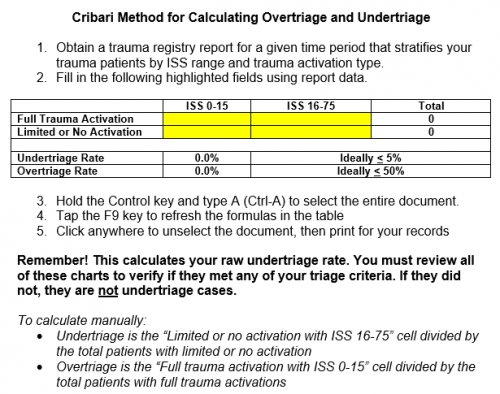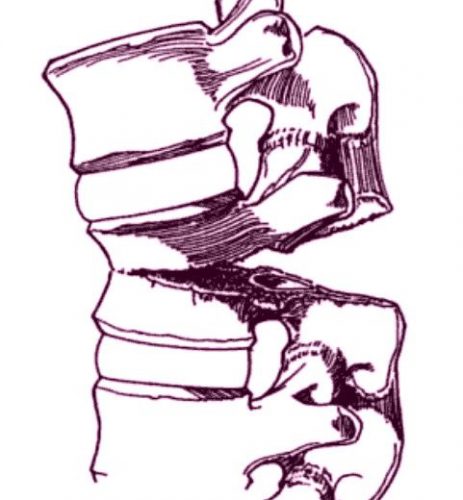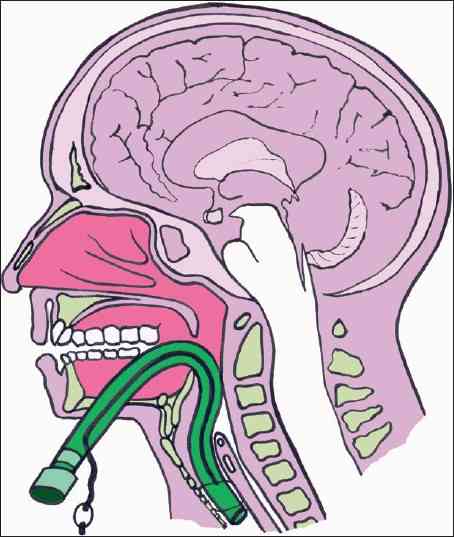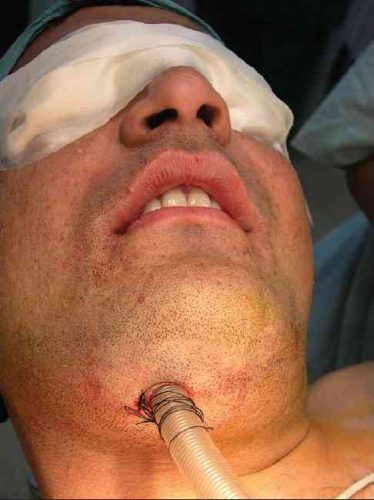As promised, the next Trauma MedEd newsletter will be released next week. Just in time for some light Christmas reading!
The topic is “Prevention.” Here are the areas I’ll be covering:
- The American College of Surgeons requires all US trauma centers to engage in prevention activities. Unfortunately, there is frequently confusion about the role of the injury prevention coordinator, what kinds of programs are acceptable, and how local data needs to be included in prevention planning. I will cover all of this, and more, in the first part of the newsletter.
- Curious about what others are doing out there? I’ll give you an idea of the most common prevention programs, and whether they are national programs or home grown.
- I’ll review a few papers on the efficacy of trauma prevention programs.
- Finally, I’ll give some tips on how to optimize the performance of your injury prevention coordinator and design effective programs.
As always, this issue will go to all of my subscribers first. If you are not yet one of them, click this link to sign up and/or download back issues.
Unfortunately, non-subscribers will have to wait until I release the issue on this blog, sometime during the week after Christmas. So sign up now!






